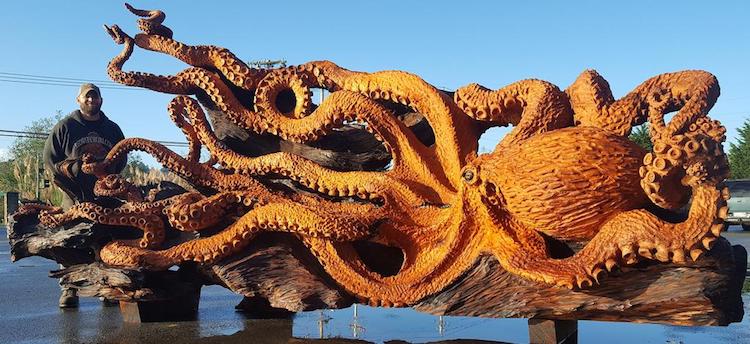My inspiration for my final project came from the octopus. It is my favorite animal and is something that I have painted before. I have always been obsessed with its ability to move in ways that don’t seem possible. When thinking of an Aesthetic that could match the movement of the octopus I found wood sculptures. Artist have the ability to make wood something so stationary, and create something that is fluid and looks like it is moving.
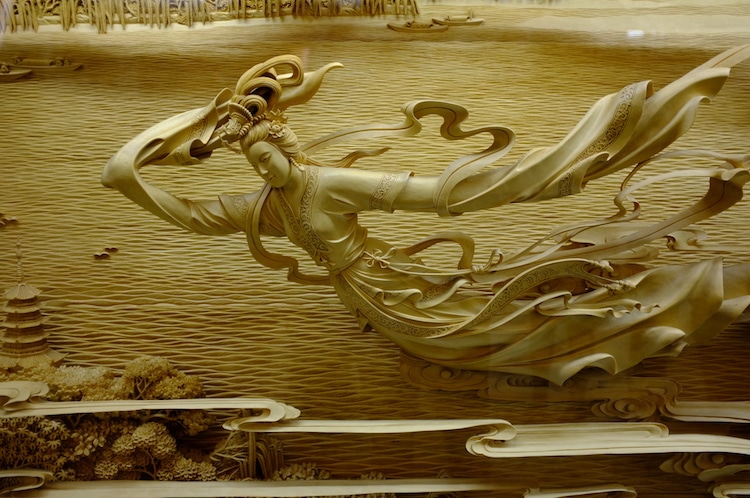
I then decided to create a Octopus statue and to apply the wooden sculpture when creating it. My vision was to create an art piece that can be used as a decoration on a piece of furniture. To include the dynamic aspect I was going to use Arduino and LED lights that would periodically change. I wanted to capture the fluidity of the octopus.
My design plans were to physically make the octopus and use cardboard as the material. I planned on using a laser cutter to create slices that would make an interlocking octopus statue, I would use the laser cutter to to create wood patterns on the cardboard. The tentacles would have LED lights that changed over time.
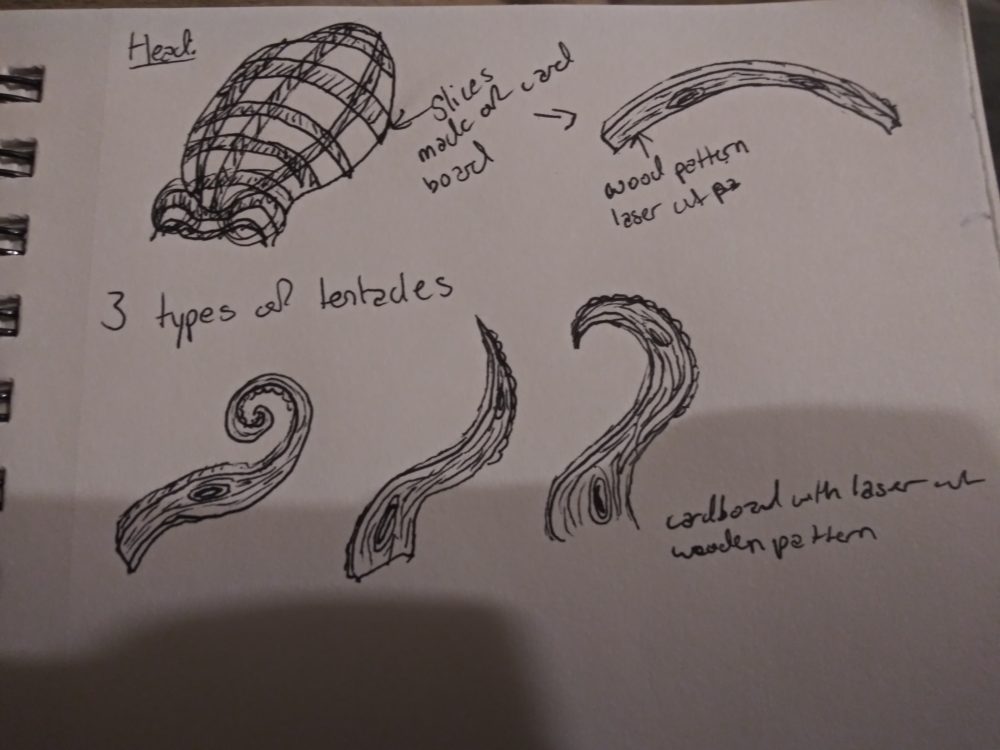
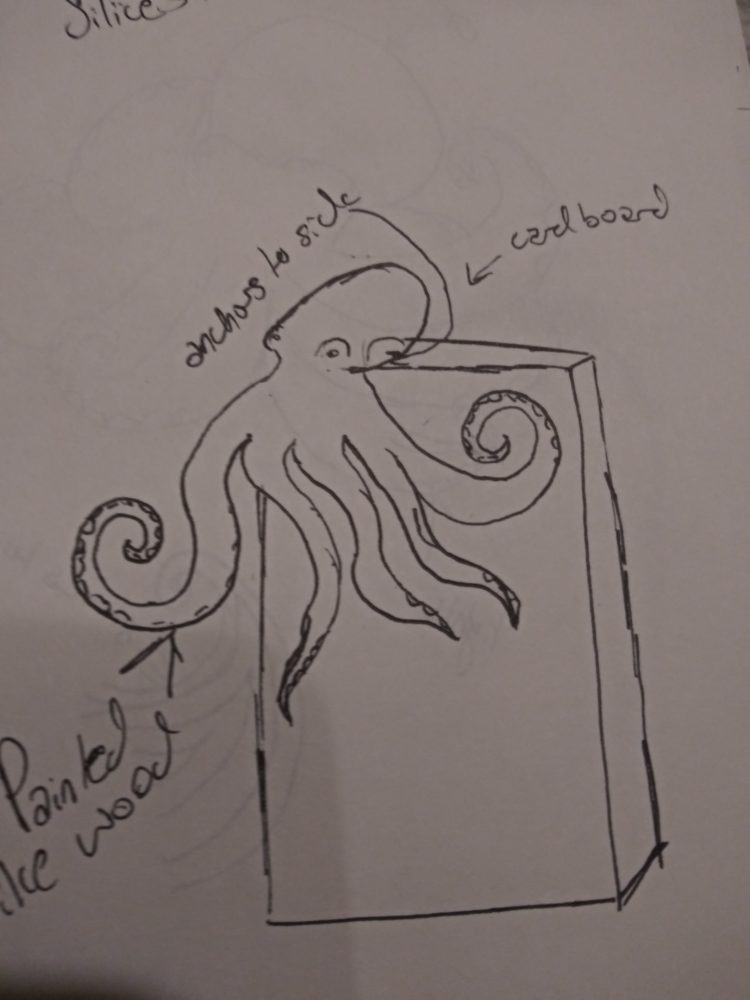
After COVID-19 I planned on still make the octopus and paint the cardboard, I would use a box cutter to make a simplified version of the statue. When making the statue I realized that the box cutter wasn’t allowing me to have good lines I made about 6 pieces before I realized my two year old nephew could make this and I freaked out and had to spend a day thinking of what I’m going to do
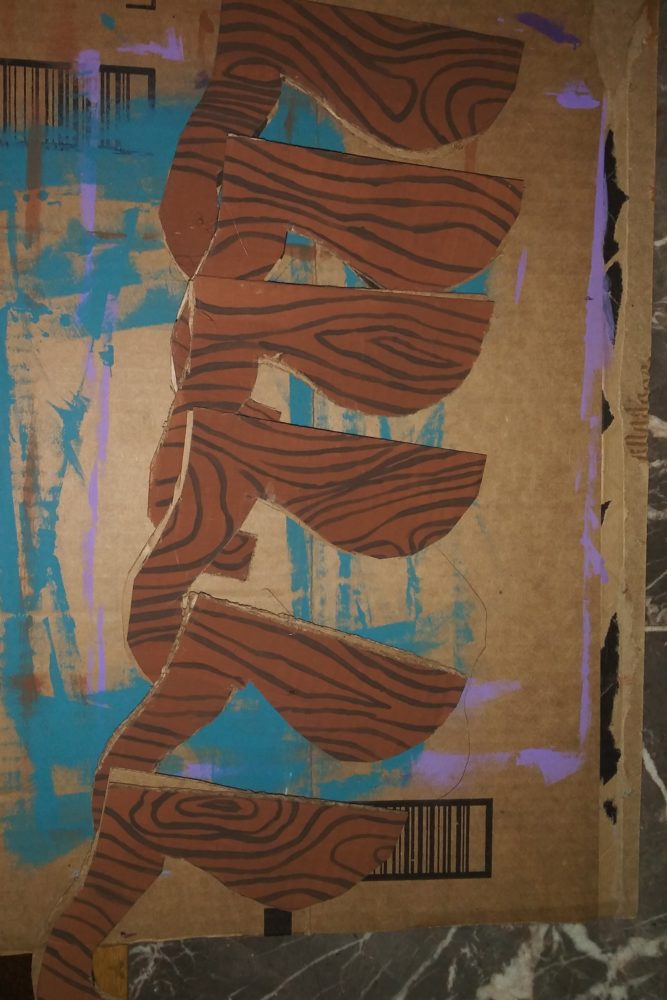
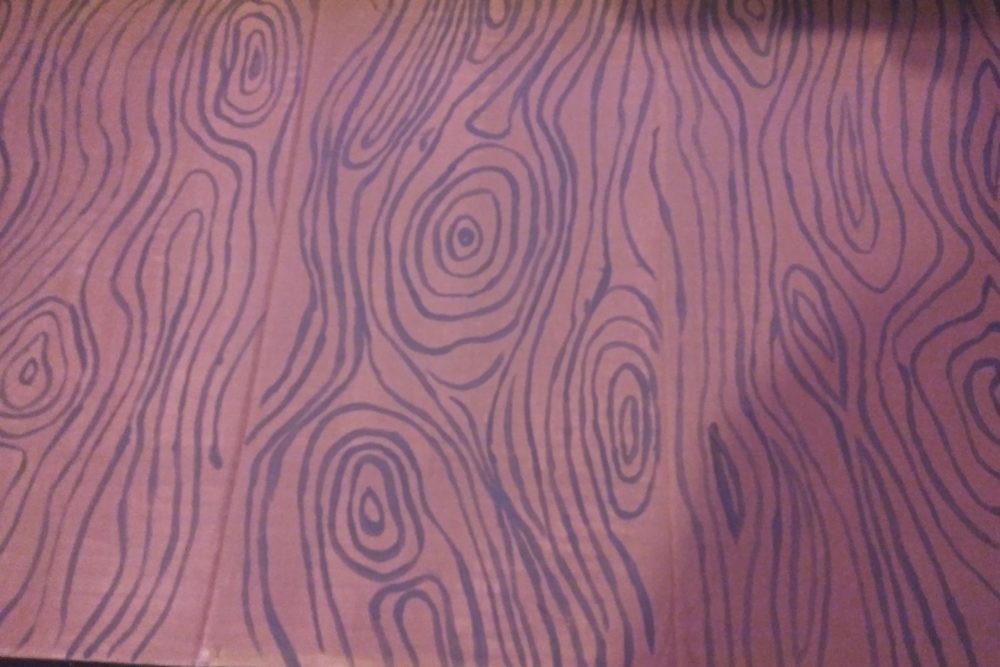
On 18th of April I finished having my freak out and decided the only thing I could do was to create a CAD version of the octopus statue that would feature what I wanted to create before COVID-19. I used both Rhino and Fusion 360 to complete a rendering of the statue that I was actually proud of. I focused on creating the fluid -like motion of the octopus tentacles and created a generic octopus head. In the CAD it featured the LED lights along the bottom of the tentacles. Below are the completed project.
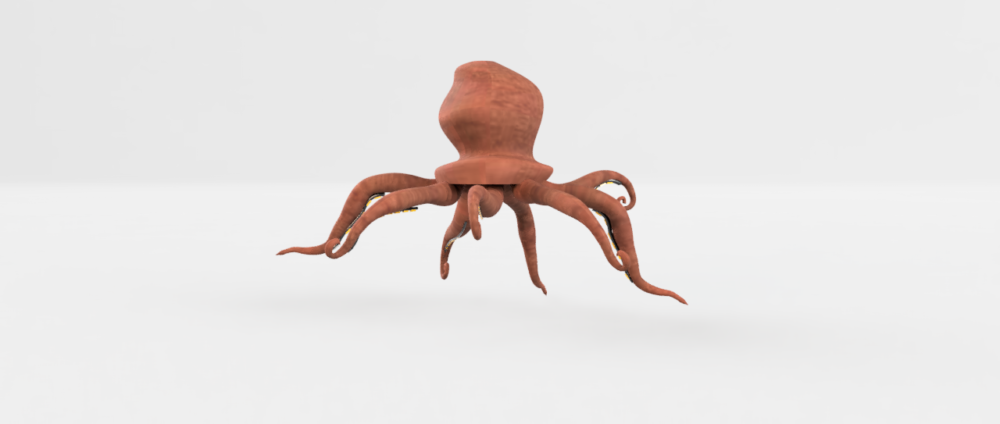
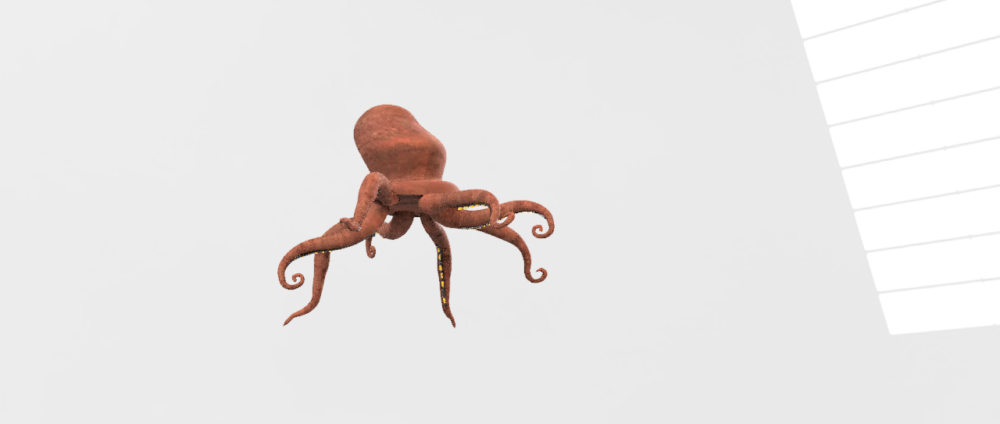
I think the CAD rendering accurately portrayed the aesthetic and object I was trying to capture, and seeing how big of an disaster my physical model was I think switching to CAD was the best decision I could have made.
15 Master Artists Carrying on the Ancient Tradition of Wood Carving
Artist Uses Chainsaw to Carve Giant Octopus into a Fallen Redwood Tree

